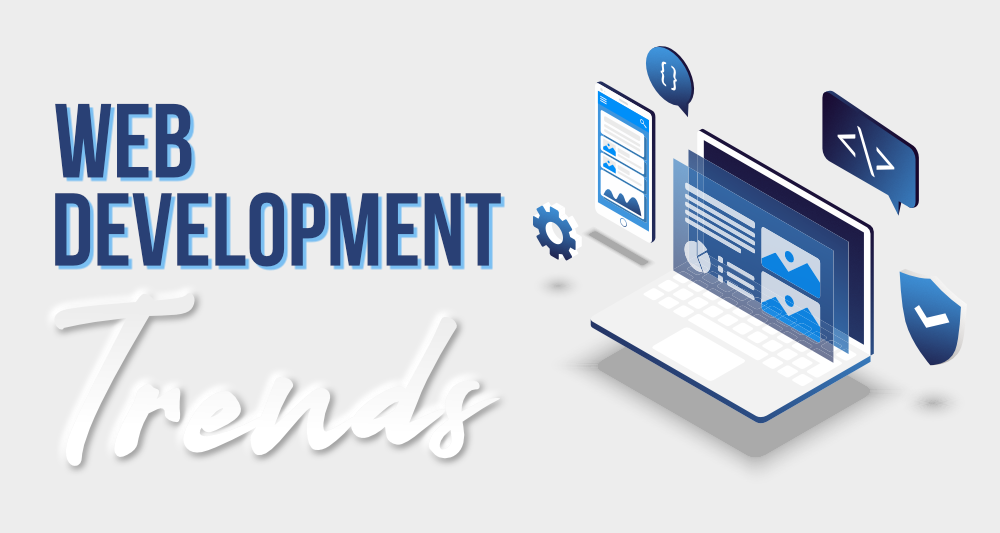The digital landscape is evolving faster than ever, and 2025 is proving to be a pivotal year for web development. From smarter AI integration to immersive 3D experiences in the browser, developers are pushing boundaries in performance, design, and user experience. Here's a look at the top web development trends dominating 2025.
1. AI-Powered Web Experiences
AI is no longer just a backend tool—it's shaping front-end user experiences in real time. Websites are now using AI for personalized content, predictive UX patterns, and automated UI generation based on user behavior.
2. WebAssembly (Wasm) Going Mainstream
WebAssembly is powering near-native performance in the browser. From gaming to real-time data visualization tools, Wasm is helping developers break performance barriers without relying on JavaScript alone.
3. 3D & Spatial Web (WebXR)
Thanks to WebXR and advanced browser support, more websites are integrating 3D visuals, VR/AR experiences, and interactive spatial design. E-commerce, education, and entertainment sites are leading this immersive trend.
4. Edge Computing for Faster Delivery
With users expecting instant access to content, developers are leveraging edge functions and CDNs to bring data closer to users. Platforms like Vercel, Netlify, and Cloudflare are leading this shift.
5. AI Code Assistants and Low-Code Evolution
With tools like GitHub Copilot X and GPT-5-based assistants, web developers are speeding up builds and reducing boilerplate. Low-code and no-code platforms are now powerful enough for MVPs and production-grade applications.
“AI is no longer assisting development—it’s co-creating the future of the web.”
- Leona Park, Full Stack Developer
6. API-First and Microservices Architecture
Decoupled systems are now the standard. Developers are building with APIs from day one, often using microservices or distributed functions to allow for modular, scalable apps.
7. Privacy-Focused and Cookie-Less Design
With growing data privacy regulations like GDPR, CPRA, and global standards, developers are moving toward cookieless tracking, first-party data solutions, and consent-first designs.
8. Sustainable and Green Web Practices
With environmental impact in mind, websites are being built to consume less power. This includes server optimization, dark UI themes, and reduced dependency on heavy JavaScript.
9. Smart Components and Reactive Frameworks
Frameworks like Qwik, SolidJS, and Astro are focusing on resumability and fine-grained reactivity, allowing apps to load instantly and only update when necessary—improving Core Web Vitals.
10. Voice and Gesture Interfaces
Voice assistants and gesture-based navigation are making their way into web platforms, especially for accessibility and IoT integration. Expect more web apps with voice search, command handling, and real-world controls.
What's Next?
As we look forward to 2026, the focus will be on even deeper personalization, cross-device continuity, and ethical AI integration. The web will continue to become smarter, faster, and more human-centric.
Keywords
- Web Development Trends 2025
- AI in Web Development
- WebAssembly
- WebXR
- Edge Computing
- Low-Code Development
- Microservices
- Sustainable Web
- Reactive Frameworks
- Voice Interfaces



